Stroll These Art Deco Neighbourhoods of Mumbai With Silver Talkies
Silver Talkies Culture Trail Series brings you lesser-known gems from our cities. Did you know that Mumbai has the second largest collection of Art Deco buildings in the world after Miami? Here’s a quick tour.
Think Art Deco, and you think of Miami, Paris or New York. Mumbai, the commercial hub of India rarely comes to mind. But did you know that Mumbai has the second largest collection of Art Deco buildings in the world after Miami in the USA? Or that the Art Deco structures in Mumbai are unique enough to deserve their own term - Bombay-Deco?
In July 2018, UNESCO added the Art Deco Buildings of Mumbai to the World Heritage List. The beautiful buildings around the Oval Maidan and the airy promenade of Marine Drive were the two South Mumbai precincts awarded the heritage distinction, the result of a long and unique campaign by deco enthusiasts, heritage conservationists and resident groups, coming together to preserve a legacy.
Mumbai’s Art Deco goes beyond Marine Drive, spilling across neighbourhoods in Mohammed Ali Road, Dadar, Matunga, Bandra and going up to Chembur in the Eastern part of the city. Atul Kumar of Art Deco Mumbai, a documentation and advocacy non-profit, pegs the number of Art Deco buildings across Mumbai at 646. Kumar is a finance professional who lives in an Art Deco building himself and felt the need to preserve and document its unique heritage across the city.
The term Art Deco, or 'art decoratifs' is a way to describe a style of architecture, design and fashion that emerged in France in the 20s.’ "It is a melding of numerous styles that come together," says Kumar. He generously mentions some key features you can look out for in an Art Deco building:
- Streamlining: Curved contours embracing the wind. You can see this on many buildings on Marine Drive. Streamlining was inspired by aerodynamic design elements from aeroplanes, automobiles and ocean liners.
- Balconies: Rounded balconies with metal or concrete grills are another highlight.
- Eyebrow: A famous art deco feature, 'eyebrows' are cantilevered projections above windows and balconies. Kumar calls it "climate responsive architecture" because it gave respite from heavy rain or sunny, hot weather in a tropical city like Mumbai.
- Ship-style features: The ‘deco-liners’ or ships with Art Deco designs of the 1930s inspired much of the Art Deco architecture around the city. Some of the design inspiration from these ships can be seen in porthole windows, ship deck style balconies and observation towers. It’s a nod to Mumbai’s port city roots as well.
- Artistic deco fonts: The lettering of building names in Mumbai’s Art Deco structures is a beautiful melting pot of straight lines, geometric shapes and even regional fonts, all with a touch of elegance.
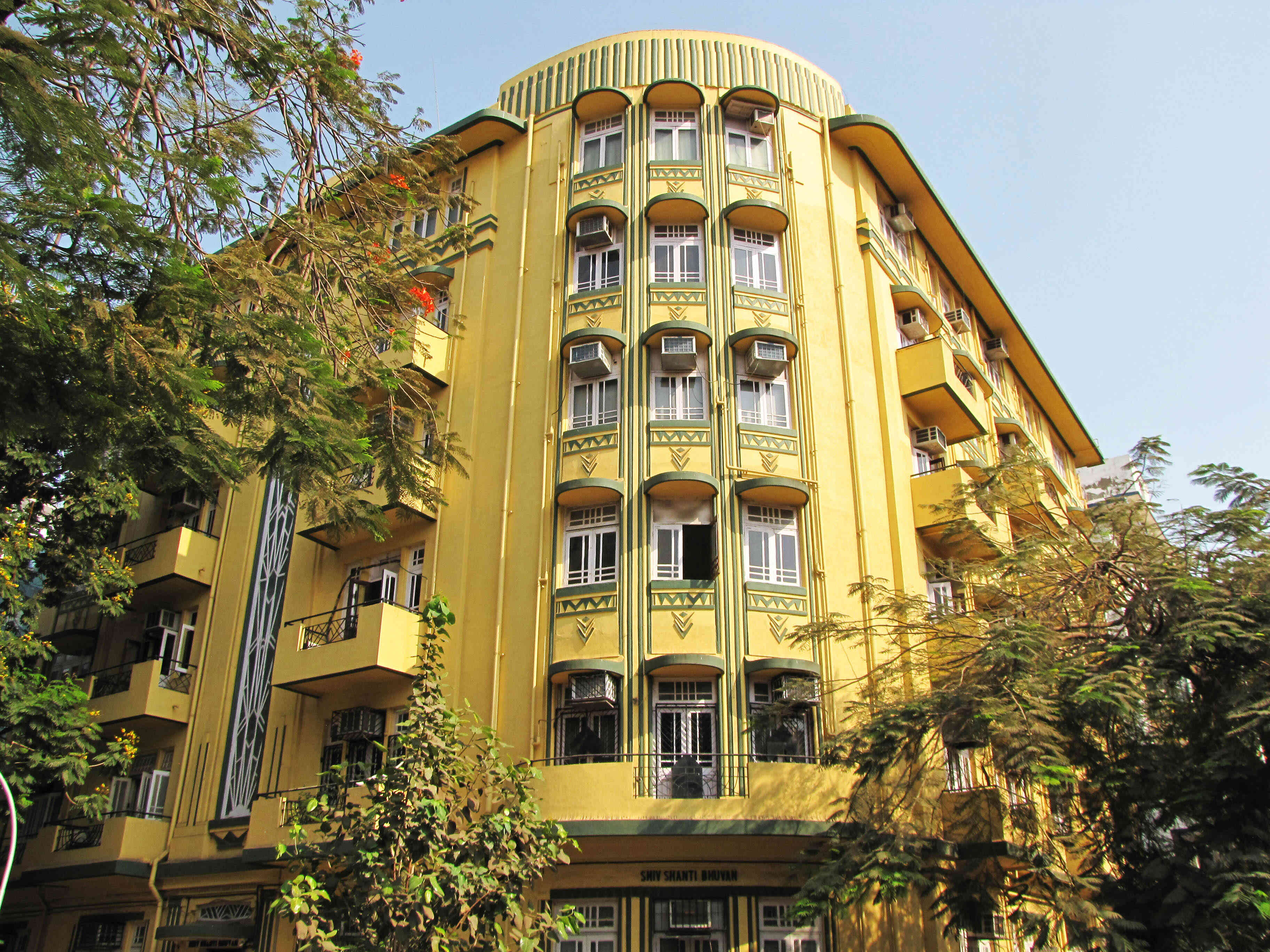
The Rise of Bombay Deco
As fascinating as the Art Deco heritage of Mumbai is the grim history of its rise. The rise of Art Deco in Mumbai owes its origins to the devastating plague of 1896 and the Spanish Flu that followed in 1918, says Alisha Sadikot. She runs the Inheritage Project, which encourages public engagement with Mumbai's heritage resources and conducts walking tours.
The Art Deco renaissance in Mumbai came about in the 1930s. The city was recovering and rebuilding from the deadly plague that had devastated it so the British created the Bombay Improvement Trust to make a cityscape with a better sewerage system and decongested housing. "Bombay is a port city," says Kumar, "So it became the trading outpost in Asia for the British Empire. Many Gujarati and Parsi families who were traders and ship merchants became prosperous and wanted to build new homes. Along Marine Drive plots of land were available for sale. The first set of Indian architects was also going to the Royal College of Art in England and visiting France. They were all exposed to this new extravagant, elegant, forward-looking style, called Art Deco. The ships they travelled in were Art Deco temples. So they had an aspiration of building homes and designer neighbourhoods with this modern style. They also had this magical new building material called cement concrete, which made this possible. All of this came together to create Mumbai’s Art Deco."

While the Victorian Gothic structures like High Court or Station built by the British were imposing grandeur statements, Art Deco was all about contemporary lines with elements of openness. Led by Indian patrons and often Indian architects, the Art Deco movement was an early sign of resistance to the British, still a subject of much debate among experts.
From Empress Courts and Windsor Manors, newer buildings gradually started being called Bharatia Bhavan and Sekseria Building or Soona Mahal. Indian motifs began making an appearance on building facades like the diya or swastika.
What also emerged was confidence in a new India that was coming up. An example of this is the New India Assurance Building in Fort with huge life-size Indian agrarian representations like hand carts and women in saris. The nearby Art Deco Lakshmi Insurance Building has a copper statue of Goddess Laxmi on top.
Mumbai’s Art Deco heritage is a legacy of new thinking that went beyond just a better cityscape to incorporate ideas of an emerging India during the British rule. While the UNESCO heritage tag has protected the Oval Maidan and Marine Drive precinct, Art Deco structures around the city are in danger of being demolished for redevelopment purposes. Kumar thinks advocacy can go a long way in creating awareness and a sense of pride in this unique legacy. We hope so too!
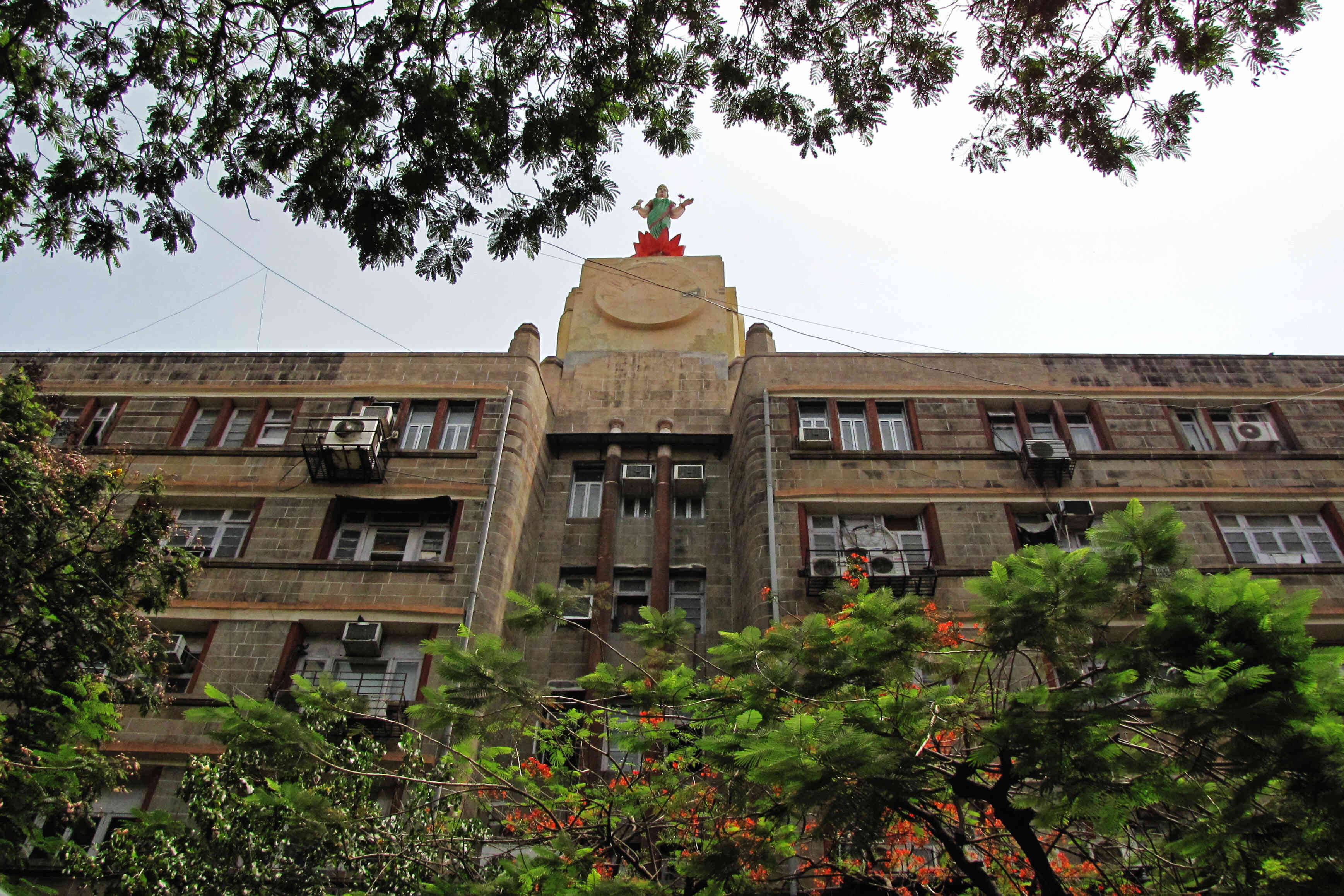
Where To Go For Your Art Deco Tour of Mumbai
Mumbai's Art Deco aesthetic spread beyond private residences to public spaces such as movie houses, cricket stadiums (Brabourne Stadium), office buildings and even spaces of worship. Here are some Art Deco gems around Mumbai.
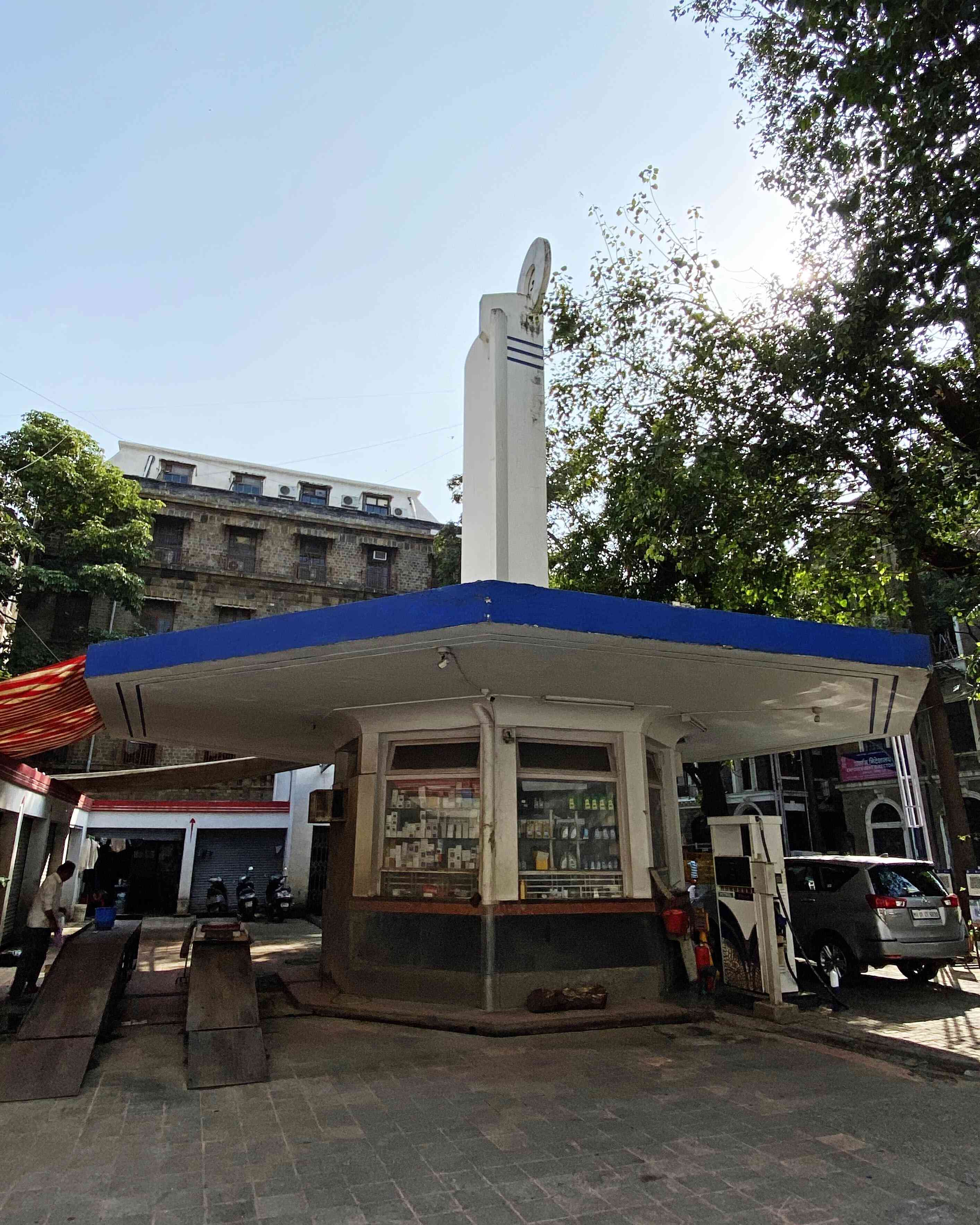
The Karfule Petrol Pump, Ballard Estate: Mumbai's only surviving Art Deco petrol pump, it's been in service for 80 long years!
NM Petit Fasli Agiary, Churchgate: Designed in 1937-40, this Parsi fire temple is an Art Deco beauty with its towering entrance, golden Gujarati lettering and imposing Egyptian sculptures in the entrance.
Cotton Exchange Building: Cotton Exchange Building, which is now a jewellery market, is notable for the beautiful bas-relief that wraps the building façade, chronicling the journey of cotton, from fields to trade and showcasing India's rural life.
New India Assurance Building: Built in 1937, the building truly brought about a sense of 'new India.' Lifesized figures flank the façade while the sculptural reliefs show Indian field workers and farmers.
Shiv Shanti Bhuvan, Oval Maidan: Striking in its yellow and green colour scheme, Shiv Shanti Bhuvan looks over Oval Maidan, towards the Victorian Gothic structures on the other side.
Soona Mahal: You couldn't have passed through Marine Drive in Mumbai without a second glance at this beautiful structure that houses the popular Pizza by the bay restaurant and is the perfect example of Art Deco's streamlining element.
Regal & Eros Cinemas: Both are closed now. These marked the golden age of Art Deco construction in Mumbai in the 1930s. Regal was the first air-conditioned theatre in India.
Taraporevala Aquarium: Marked with Art Deco features like Ziggurats - stepped pyramids similar to a tiered cake and bas relief that evokes underwater life, this is a visually striking building.
Dadar Parsi Colony: Curved balconies, tropical motifs, artistic lettering, ziggurat pillars, and Deco residences mark this colony.
All photographs are courtesy Art Deco Mumbai.
Enjoyed this Art Deco tour with us? Share your favorites or discoveries in the comments below.
Comments
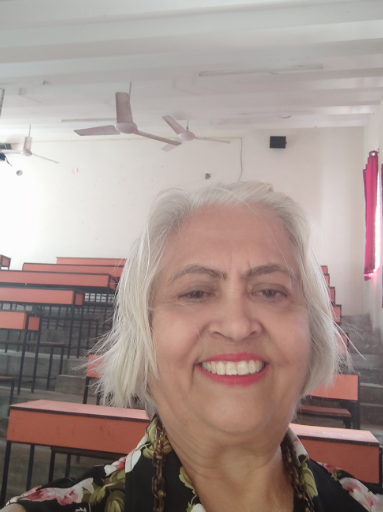
Madhu
13 Apr, 2022
Very interesting read.


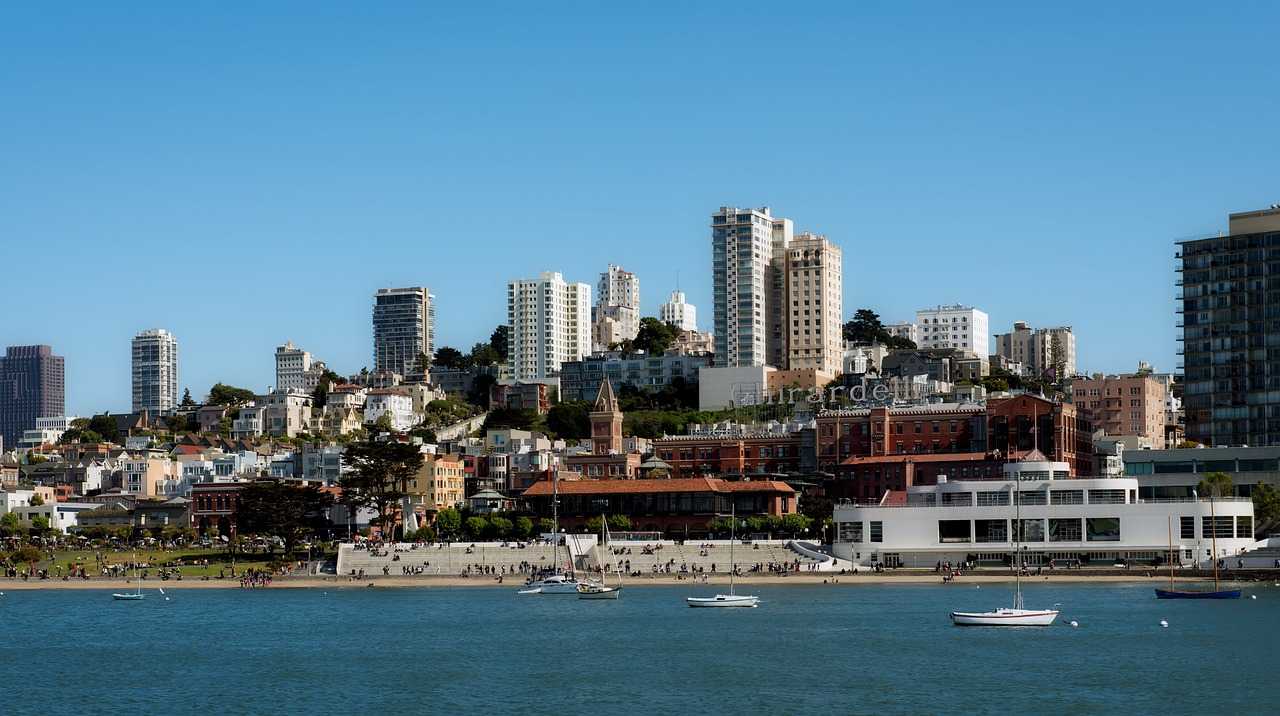
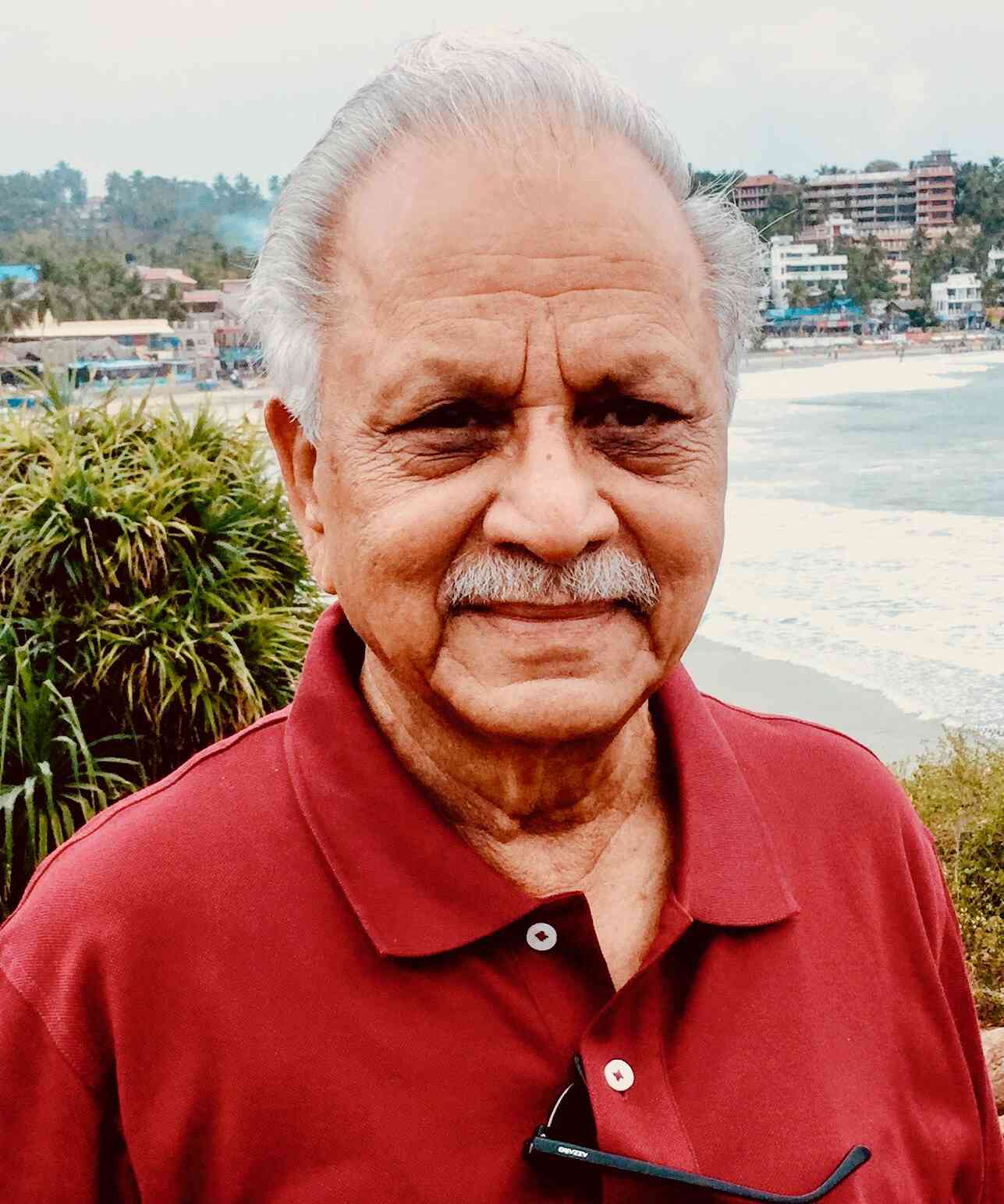
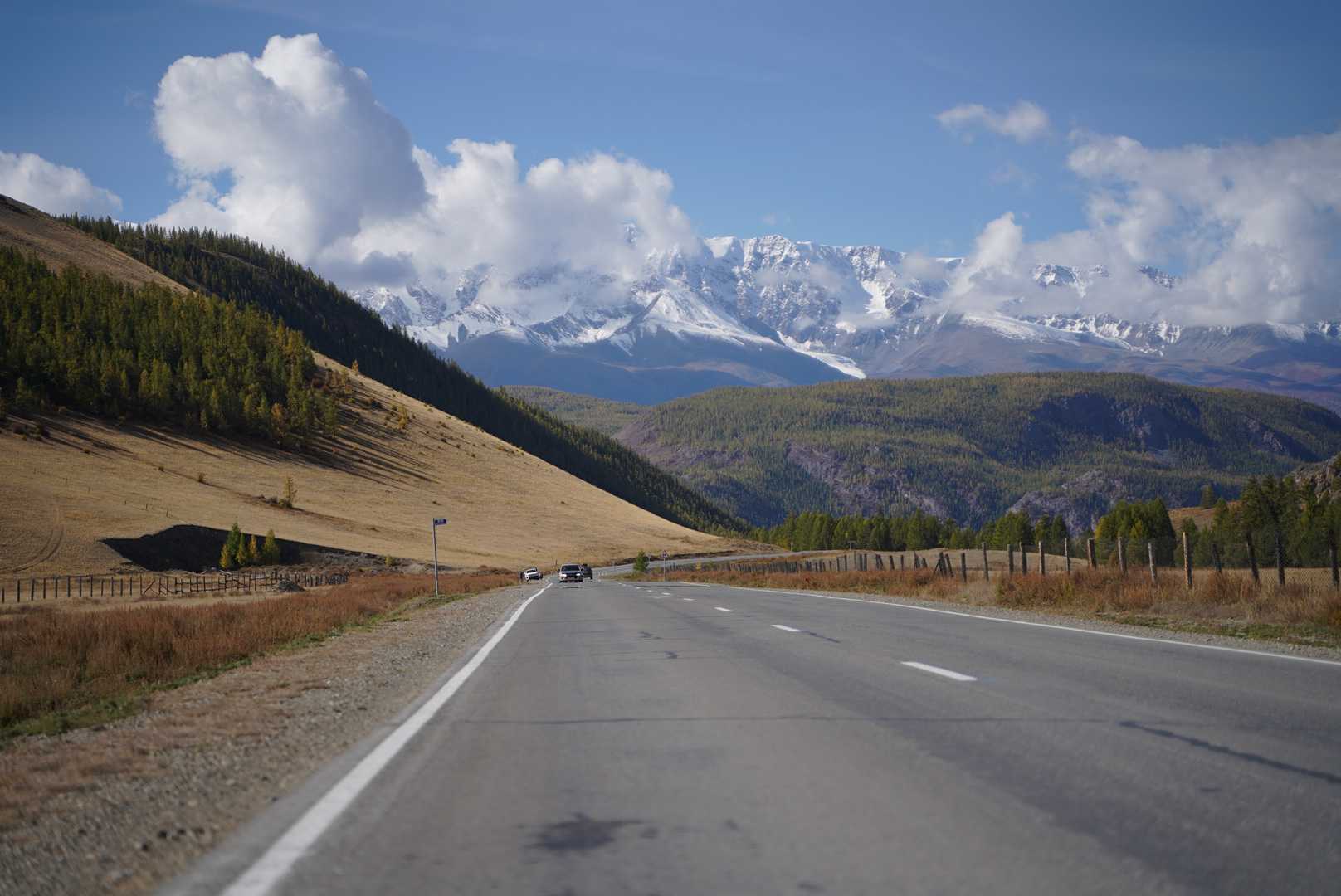

Post a comment